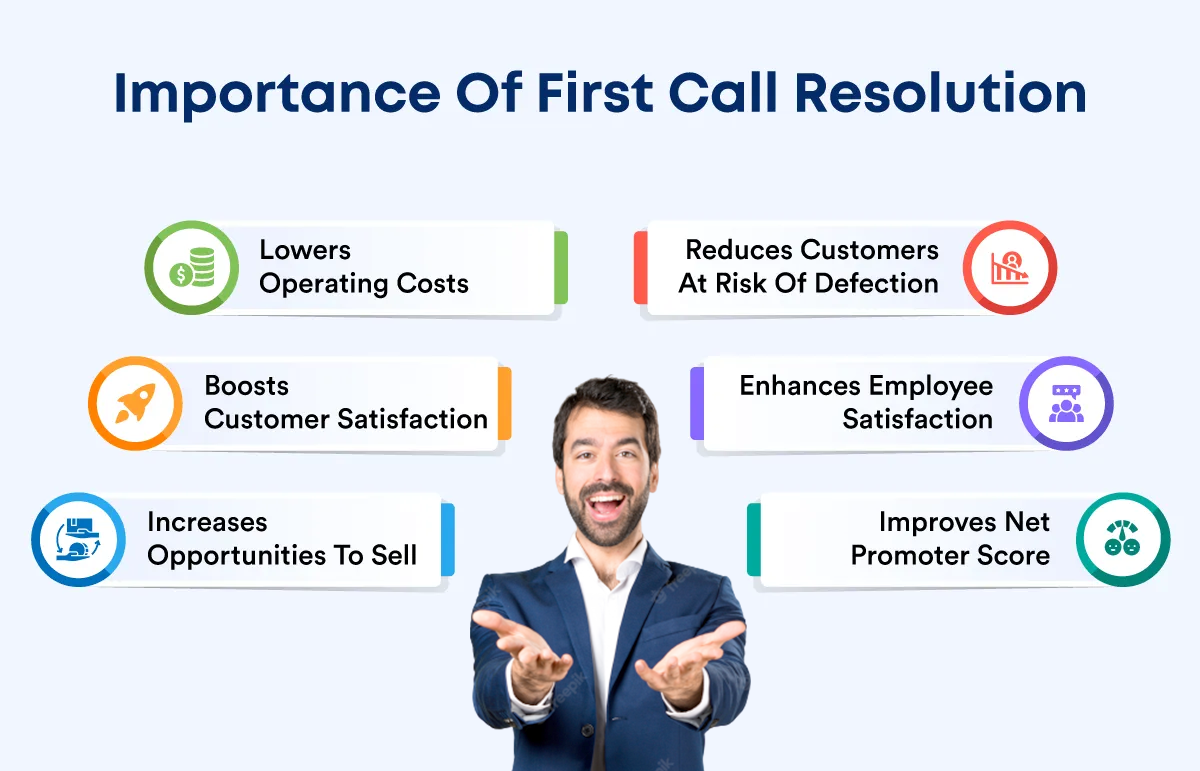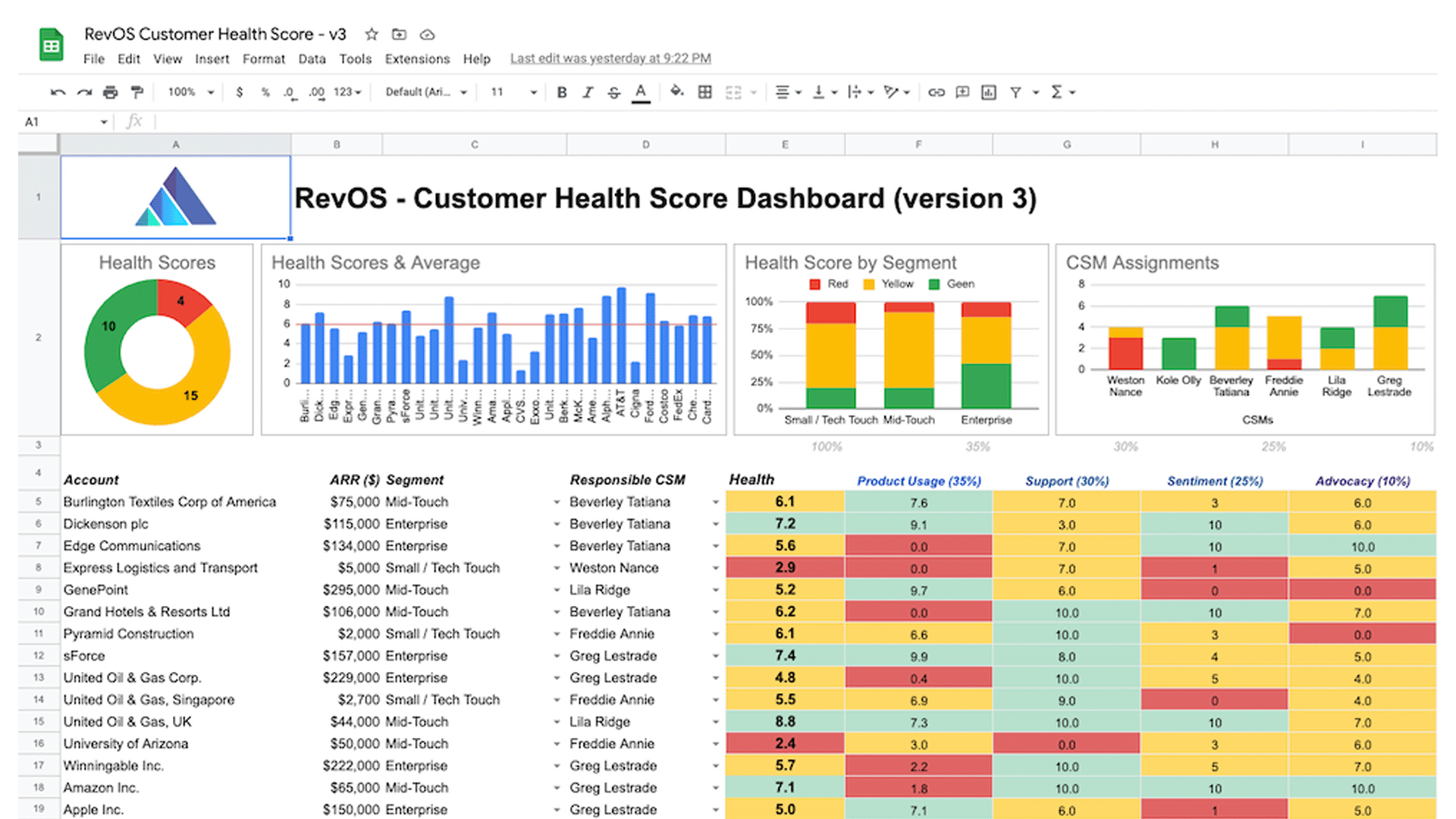First Contact Resolution (FCR): Faster, Better, Stronger
 Renat Zubayrov
Renat ZubayrovFirst Contact Resolution (FCR) is a metric that measures the percentage of customer inquiries or issues that are resolved during the initial contact with customer service. In this piece, we will explore the importance of FCR as a critical customer service metric, discuss how to measure FCR, highlight best practices from different industries, and explore alternative metrics that can be included in a comprehensive customer health index.
First Contact Resolution measures the effectiveness and efficiency of a customer service team in handling customer issues. A high FCR indicates that customers are satisfied with the service they receive and that issues are being resolved quickly and effectively. At the same time, a low FCR suggests that customers are not receiving the service they need and that issues are not being resolved efficiently. This metric can identify areas where customer service needs improvement and track progress over time.
Benchmarks
A good FCR value will vary depending on the industry and the specific customer service team being evaluated. However, generally speaking, an FCR of 80-90% is considered good. This means that 80-90% of customer inquiries or issues are resolved during the initial contact with customer service. A higher FCR is generally better, as it indicates that customers are receiving the service they need and that issues are being resolved efficiently. However, it's important to note that achieving a 100% FCR is not always possible or desirable, as some inquiries may require further research or escalation.
For example, different companies have achieved high FCR rates in the industry, like T-Mobile - over 70%, Zappos - over 75%, and Ritz-Carlton - over 80%.
It is also important to note that the FCR alone does not necessarily indicate good customer service. It should be used in conjunction with other metrics such as customer satisfaction, Net Promoter Score (NPS), handling time, and resolution time to have a complete picture of the customer service performance.

Challenges
Measuring and controlling for FCR can present several challenges, including:
- Defining "initial contact": In order to accurately measure FCR, it is important to clearly define what constitutes an "initial contact." This may include phone calls, emails, chat sessions, and other forms of communication.
- Tracking customer interactions: Measuring FCR requires tracking all customer interactions across different channels and platforms. This can be a complex and time-consuming task, especially for large organizations with multiple customer service teams.
- Determining resolution: Determining whether an issue has been "resolved" can be subjective and can vary depending on the customer's perception. Therefore it's important to have a clear definition of what constitutes resolution and also have a way to have customer feedback.
- Data quality: The quality and completeness of data can affect the accuracy of FCR measurements. For example, if customer interactions are not properly recorded or if important information is missing, it can be difficult to determine whether an issue was truly resolved during the initial contact.
Best practices for improving FCR
By implementing these best practices, companies can improve their First Contact Resolution rates, reduce customer effort, and enhance overall customer satisfaction.
- Utilize Technology: Leveraging advanced customer service technologies, such as chatbots, automation, and analytics, can streamline issue resolution and enhance FCR rates. For example, Amazon, the global e-commerce giant, uses chatbots and automated systems to handle a significant volume of customer inquiries and provide quick solutions, resulting in higher FCR rates.
- Provide Comprehensive Training: Companies should invest in thorough training programs for their customer service agents to ensure they have the necessary skills and knowledge to effectively resolve customer issues on the first contact. For example, Zappos, the online shoe and clothing retailer, is known for its extensive customer service training program that focuses on empowering agents to resolve issues on the first contact and provide exceptional customer experiences.
- Implement Knowledge Management Systems: Having a robust knowledge management system in place can enable agents to quickly access relevant information and resolve issues accurately. For example, Salesforce, a leading customer relationship management (CRM) software company, offers a knowledge base feature that allows agents to access up-to-date information on products, services, and customer interactions, helping them resolve issues efficiently.
- Foster Collaboration and Knowledge Sharing: Encouraging collaboration and knowledge sharing among agents can help in resolving complex issues and improving FCR rates. For example, Microsoft, a leading technology company, uses an internal social networking platform called Yammer, which enables employees to collaborate, share knowledge, and seek assistance from experts across the organization, leading to better FCR rates and customer satisfaction.
- Monitor and Measure FCR Metrics: Companies should regularly monitor and measure FCR metrics, such as resolution rate, response time, and customer satisfaction, to identify areas for improvement and make data-driven decisions. For example, Comcast, a telecommunications and media company, uses FCR as a key performance indicator (KPI) and continuously tracks and analyzes FCR data to optimize its customer service processes and improve customer satisfaction.
- Empower Frontline Agents: Giving frontline agents the authority to make decisions and resolve issues without unnecessary escalations can improve FCR rates. For example, Ritz-Carlton, a luxury hotel chain, empowers its employees to resolve guest complaints on the spot, up to a certain monetary limit, without needing to seek approval from higher management, leading to quick and efficient issue resolution.
Some alternative metrics that can be used to evaluate customer service performance include:
- Customer Satisfaction (CSAT): This measures the degree to which customers are satisfied with their interactions with customer service. It is usually measured on a scale of 1-5 or 1-10, with higher scores indicating greater satisfaction.
- Net Promoter Score (NPS): This measures customer loyalty by asking customers how likely they are to recommend the company to others. Responses are typically on a scale of 0-10, with higher scores indicating greater loyalty.
- Handling Time: This measures the length of time it takes for customer service representatives to address customer inquiries or issues. Lower handling times are generally considered better.
- Resolution Time: This measures the length of time it takes for customer service representatives to resolve customer inquiries or issues. Lower resolution times are generally considered better.
- Repeat Contacts: This measures the number of times a customer contacts customer service about the same issue. A lower number of repeat contacts is generally considered better.
Also, it's important to use the right metric for the right context, some metrics may be more relevant for some industries than others.

Download Free Template for Customer Health Scoring for Customer Success Managers and Sales Teams, unleashing valuable insights for business strategies, including churn risk, upsell opportunities, product development, and customer segmentation.
Conclusion
First Contact Resolution (FCR) is a critical metric that directly impacts the customer health score, measuring customer satisfaction and loyalty.
A high FCR rate indicates that customer issues are resolved effectively and efficiently during the initial interaction, which can have a positive impact on the customer health score in several ways:
- Customer Satisfaction: Resolving customer issues on the first contact greatly enhances customer satisfaction. When customers' problems are resolved promptly and effectively, they are more likely to be satisfied with the service they received, leading to higher customer satisfaction scores.
- Customer Loyalty: Customers who resolve their issues on the first contact are more likely to remain loyal to the brand and continue using its products or services. High FCR rates can increase customer loyalty, leading to repeat business, positive word-of-mouth referrals, and higher customer retention rates.
- Customer Experience: FCR is a key factor in shaping the overall customer experience. Efficient issue resolution during the first contact can create a positive impression and demonstrate that the company values its customers' time and effort, leading to an improved customer experience.
- Operational Efficiency: Achieving high FCR rates can indicate that the organization has effective processes and resources in place to handle customer inquiries efficiently. This can lead to reduced repeat contacts, lower call volumes, and improved operational efficiency, resulting in cost savings and improved customer health score.
- Brand Reputation: Resolving customer issues on the first contact can positively impact the brand's reputation. Customers are more likely to perceive the company as responsive, reliable, and customer-focused, which can enhance the overall brand reputation and positively impact the customer health score.
Read more about revenue operations, growth strategies, and metrics in our blog and follow us on LinkedIn, Youtube, and Facebook.
← Go back to blog